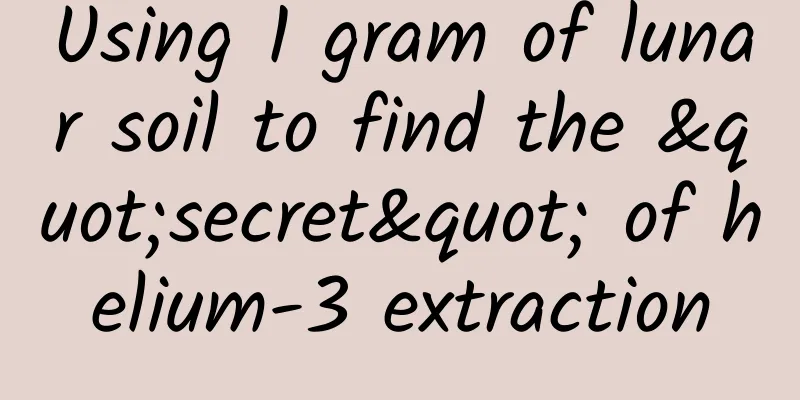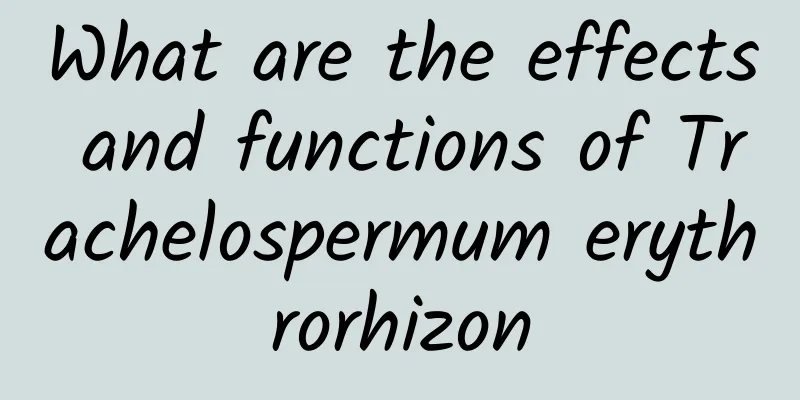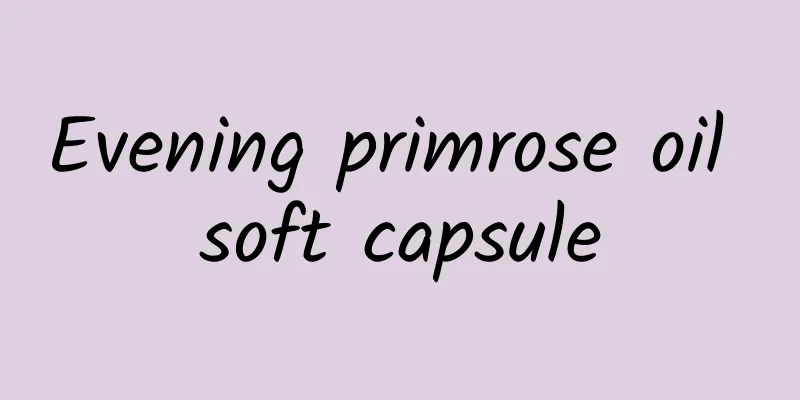The efficacy and function of Xinjiang Lithospermum officinale

|
There are many types of Chinese medicine. When we choose, we need to understand the medicine first. So do you know about the medicinal material Xinjiang Lithospermum officinale? Let us introduce it below. 【English Name】 Arnebia Root 【Alias】 Soft purple grass [Source] It is the root of Arnebia euchr0ma (Royle) Johnst., a plant of the Boraginaceae family . Dig up in spring and autumn, sun-dried or dried over low heat. [Original form] Perennial herb, 15 to 35 cm tall. The whole plant is covered with white, rough hairs. The roots are conical, often twisted, with multiple layers of purple cork. Stem erect, simple or dichotomous at base. The basal leaves are clustered, linear-lanceolate, about 13 cm long, entire, yellow-green-brown; the stem leaves are alternate, fewer, and short. The flowers are gathered into cymes, densely grown at the top of the stem, nearly capitate; the bracts are linear-lanceolate; the flowers are sessile, the calyx is short-tubular, and deeply lobed into 5 parts; the corolla is purple, long-tubular and funnel-shaped, the tube is nearly equal in length to the calyx lobes, 5-lobed at the apex, the lobes are elliptical, and the throat and base are smooth; there are 5 stamens, inserted in the middle of the corolla tube, with very short or absent filaments; the ovary is deeply lobed into 4 parts, the style is slender, and the stigma is spherical. The nutlets are bony, broadly ovate, light brown, and have warty projections on the surface. The flowering period is from June to August, and the fruiting period is from August to September. [Habitat distribution] Grown in grass on sunny slopes of mountains. It is mainly produced in Xinjiang and Tibet. [Properties] The roots are irregularly long cylindrical, often twisted, 7 to 20 cm long and 1 to 2.5 cm in diameter. The surface is purple-red or purple-brown, the skin is loose and flaky, often with more than 10 layers overlapping and easy to peel off. The remnants of divergent stems are visible at the top. It is light, soft, easy to break, with an irregular cross section, and is yellowish-white or yellow. It has a peculiar smell and tastes slightly bitter and astringent. 【Chemical composition】 Contains shikonin and its various derivatives. [Functions and indications] Same as Lithospermum officinale. 【Excerpt】 《*Dictionary》 Based on the above summary, Xinjiang lithospermum still has certain pharmacological effects. What needs to be noted is that Xinjiang lithospermum should be consumed according to one's actual situation and not in excess. |
<<: The efficacy and function of arsenic
>>: The efficacy and function of Xinjiang peony
Recommend
What is the method of making black wolfberry wine?
Black wolfberry wine soaking is the choice of man...
The effect of soapberry on hair
Soapberry is a plant with high medicinal value. I...
Eating vegetarian food for fitness in winter will make you fatter. What is the correct way to eat vegetarian food?
In recent years, vegetarianism, which refers to e...
The efficacy and function of Aspleniaceae
After thousands of years of sedimentation and acc...
Huangshan five-leaf ginseng's efficacy and function
There are so many medicinal herbs in the world, a...
What is the correct way to take Maca?
We all know that once a man has sexual dysfunctio...
Is eating lipstick harmful to the body?
For girls, lipstick is one of the most common cos...
The current status and prospects of unmanned systems application on the battlefield
At the beginning of the 21st century, the deploym...
High! Really high!
What does a 70-story high bridge pier look like? ...
This magical medicine has a beautiful name called "Xu Changqing"
Dandelion is cold in nature, bitter and sweet in ...
The efficacy of Lingpuyin
Lingpu Yin is a traditional Chinese medicine. It ...
Vanishing birdsong: How to track the impact of climate change on the region's soundscape?
The International Department of the China Biodive...
Detailed description of the efficacy and effects of Fuling
Fuling and shiitake mushrooms are similar, both b...
Ear day
Producer/Li Zhe Editor-in-chief/Jiang Anqi Zhang ...








![The efficacy and function of Dajiedan [picture]](/upload/images/67ca519b78cef.webp)
